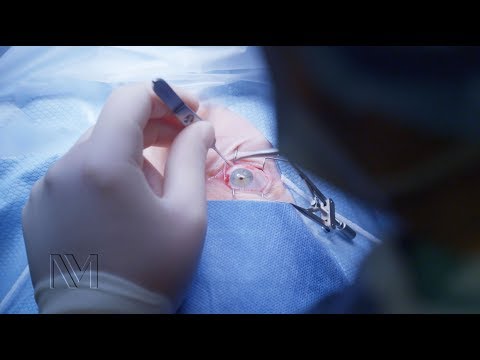Causes and Diagnoses
Causes and Diagnoses of Presbyopia
To see an object clearly, the cornea (the clear, protective outer layer of the eye) and the lens (which sits behind the pupil) focus light reflected by that object on the retina in the back of your eye. Surrounding the lens is a muscle that allows the lens to change shape. The muscle relaxes to focus on far objects and flexes to focus on things that are near.
In children and young adults, the lens is flexible and can easily focus on distant and near objects. In middle age, the lens begins to harden and become less flexible, so it can’t flex as easily to focus on close-up objects.
Underlying conditions such as diabetes, cardiovascular disease and multiple sclerosis can put you at risk for premature presbyopia, which affects people under age 40. Some medications, especially antidepressants, antihistamines and diuretics can also cause early onset of presbyopia.
Diagnosing presbyopia
Your physician can diagnose presbyopia with a simple eye exam. The exam may involve dilation so your physician can better see the inside of your eye to eliminate the possibility of other vision disorders.

